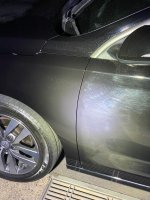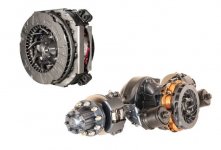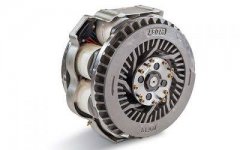Yes,
You are correct.
Soft pads and soft rotors, make for more parts sales.
Makes a whole lot of sense that trucks use a magnetic retarder.
The trucks I work with can have either up to 4 levels of engine braking, and/or some form of magnetic retarder.
I don’t know why we don’t have these in cars.
I have dealt with customers that have over one million kilometres on their trucks and trailers, because they use these auxiliary brakes to their full potential.
Using these auxiliary brakes, you pretty much are hauled down to a walking pace, then all you need the brake pedal for is to basically come to a stop from a walking pace.
This customer runs a B Double fleet so we are talking about 18 sets of brakes, not 4 as per a car.
We have had various types of auxiliary brakes on trucks since the 50’s.
They can be a basic butterfly or wedge restricting the exhaust from exiting the combustion chamber, to camshaft manipulation resulting in the same thing as the engine being turned into an exhaust compressor to restrict piston travel.
The magnetic retarder is fitted in the driveline, and is mainly extreme duty auxiliary brakes.
Of course we now can have a level of electric/magnetic braking to a point in the various forms of electric cars now being sold, however the predominant use of these motors is to generate a current for battery re charging, not vehicle braking when these motors are in the “over run” mode, not the “driven” mode.
Here is a typical, heavy duty retarder we use in trucks.
View attachment 22742View attachment 22743





